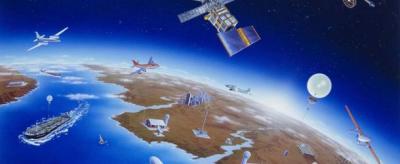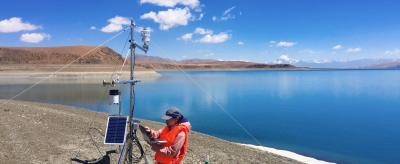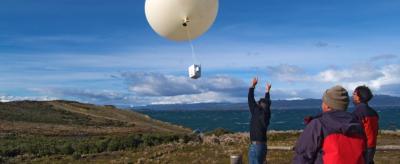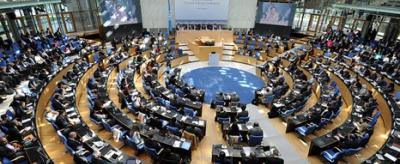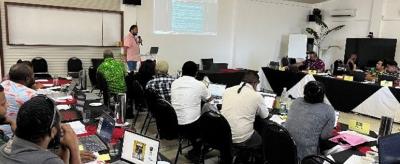G3W Overview
Around the world, greenhouse gas (GHG) levels are rising. Understanding where these gases come from and how they move through the atmosphere is more important than ever.
The Global Greenhouse Gas Watch (G3W) is a new program led by the World Meteorological Organization (WMO). This global system combines satellite observations, ground-based measurements and advanced modelling to track the movement and buildup of key GHG like carbon dioxide (CO₂), methane (CH₄) and nitrous oxide (N₂O).
Regarding climate uncertainties, countries need reliable data to plan, adapt and act. G3W will help them access the data they need to monitor emissions, track progress and make informed decisions to reduce climate risks. Over time, it will detect early changes in GHG trends and offer a clearer picture of how our actions impact the planet. In doing so, G3W strengthens the foundation for international cooperation and accountability under the Paris Agreement.
G3W Overview
In 2023, the Nineteenth World Meteorological Congress (Cg-19) - through Resolution 5 - approved a concept note for the G3W. By providing information on main GHG (CO₂, CH₄ and N₂O), the initiative supports WMO Members in making evidence-based decisions on climate mitigation and adaptation - in line with the Paris Agreement.
Developed through close collaboration between WMO and partner organizations involved in GHG and carbon cycle monitoring, G3W aims to create monthly net flux products. Generated at a global scale with a spatial resolution of 1×1 degree (about 100x100 km), these data products will enhance the sustainability and availability of information for reliable GHGs monitoring.
Filling critical gaps, they will enable early detection of significant changes in atmospheric GHG levels and help identify spatial trends and potential Earth system feedback.
Thanks to international data exchange, the initiative will establish an integrated and operational framework, integrating observing systems, modelling tools and data providers across the value chain. This effort enables more dynamic and near real-time insights - what we may begin to think of as “Carbon Weather”.
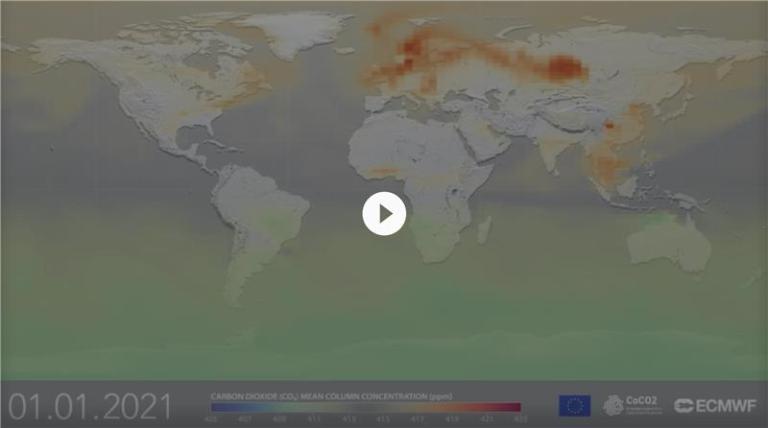
As a WMO-coordinated initiative, recognizing the importance of international cooperation, G3W remains apolitical in its function to create a technical framework for member countries to collaborate on GHG data production.
Based on established methodologies and standardized protocols, the G3W monitoring infrastructure will provide extensive quantitative data to improve our understanding of GHG cycles and concentrations.
However, quality of the products will depend on the quality and completeness of the received data. Therefore, it is essential to address existing data gaps in critical geographical regions and enhance the ground-based observing network - particularly over oceans- to ensure comprehensive and accurate monitoring.
Relying on a long-standing experience in coordinating provisions of the meteorological forecasts globally - where outputs of several Numerical Weather Prediction (NWP) centers support weather understanding at any location on the planet – WMO wants to make a step further in providing improved information for impact-oriented applications.
Increasing abundances of GHG in the atmosphere are the main drivers of observed climate change and related challenges - according to studies from the Intergovernmental Panel on Climate Change. A better understanding of the fluxes will offer valuable data to countries to monitor GHG more effectively, support accurate long-term climate projections and inform urgent mitigation and adaptation measures.
Ongoing and future research is expected to develop capabilities to separate these net fluxes into source-apportioned emissions, paving the way for additional operational products. In line with WMO’s Unified Data Policy and to ensure transparency, the data will be made freely and openly available to users worldwide.
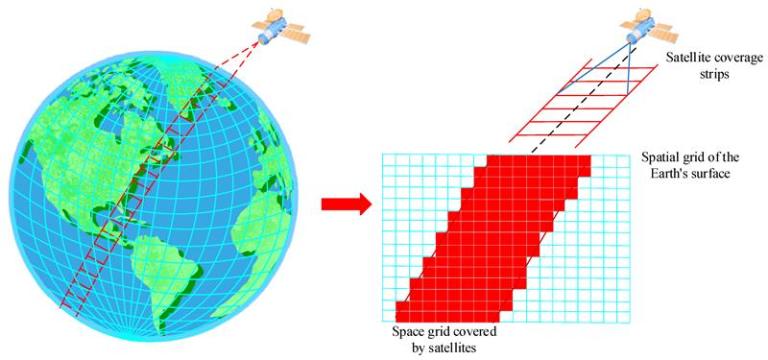
Foundation of G3W
Adopted in 2015 under the United Nations Framework Convention on Climate Change (UNFCCC), the Paris Agreement is an international landmark treaty to combat climate change. One of its central objectives is to limit the global average temperature rise to well below 2°C above pre-industrial levels, while pursuing efforts to limit the increase to 1.5°C. Achieving this target requires global cooperation, significant reductions in GHG emissions and measures to enhance resilience and support climate adaptation.
At the twenty-seventh Conference of the Parties (COP27), held in Sharm El Sheikh from 6 to–20 November 2022, Parties acknowledged that:
They further emphasized
{…} the need to enhance coordination of activities by the systematic observation community and the ability to provide useful and actionable climate information for mitigation, adaptation and early warning systems, as well as information to enable understanding of adaptation limits and of attribution of extreme events.
The first Global Stocktake (GST-1) presented at COP28, already made use of some of the systems that form the foundation of G3W.
Improved, harmonized and consistent data on GHG concentrations and movements is essential for countries to set their national commitments and monitor progress toward meeting emission reductions targets.
Implementation timeline
Regarding this imperative, the community under WMO coordination developed an Implementation Plan (G3W-IP) based on the G3W concept note. In 2024, this G3W-IP has been approved by the third session of the Infrastructure Commission (INFCOM-3) and then endorsed by the Seventy-eighth Session of the Executive Council (EC-78). Designed to support a stepwise approach, the activities during the current financial period (2024–2027) focus on the Pre-operational Phase (G3W-IPP) for the period 2024-2027.
The G3W Initial Operational Phase (G3W-IOP) is foreseen in the next financial period (2028-2031) and ) will consolidate systems to support the second Global Stocktake(GST-2), scheduled for 2026–2028.
Beyond 2032, G3W is supposed to enter its Enhanced Operational Phase (G3W-EOP). This intends to integrate maturing technologies - such as satellite remote sensing, ground-based observation networks, conventional and data-driven modelling approaches, including those based on artificial intelligence – to reduce climate uncertainties.
G3W evolution will thus support the Enhanced Transparency Framework (ETF) of the Paris Agreement, tracking progress towards climate neutrality. To reach ambitious goals, G3W will support countries in developing and implementing Long-Term Low Greenhouse Gas Emission Development Strategies (LT-LEDS) and Nationally Determined Contributions (NDCs) with actionable, science-based data.

G3W is moving forward
G3W has now entered its Pre-operational Phase, laying the foundations for full operational implementation. To guide this process, the Joint Advisory Group on G3W has been established, along with three dedicated Task Teams.
Priority areas include observations, modeling, and data integration, with a focus on their integration into the WMO Information System (WIS) and the WMO Integrated Processing and Prediction System (WIPPS). Held from 5 to 7 of March 2025, the G3W Global Data Providers Workshop highlighted these topics.
Close collaboration with the research community will be essential to the success of G3W to reach seamless international data exchanges, in line with the WMO Unified Data Policy.

